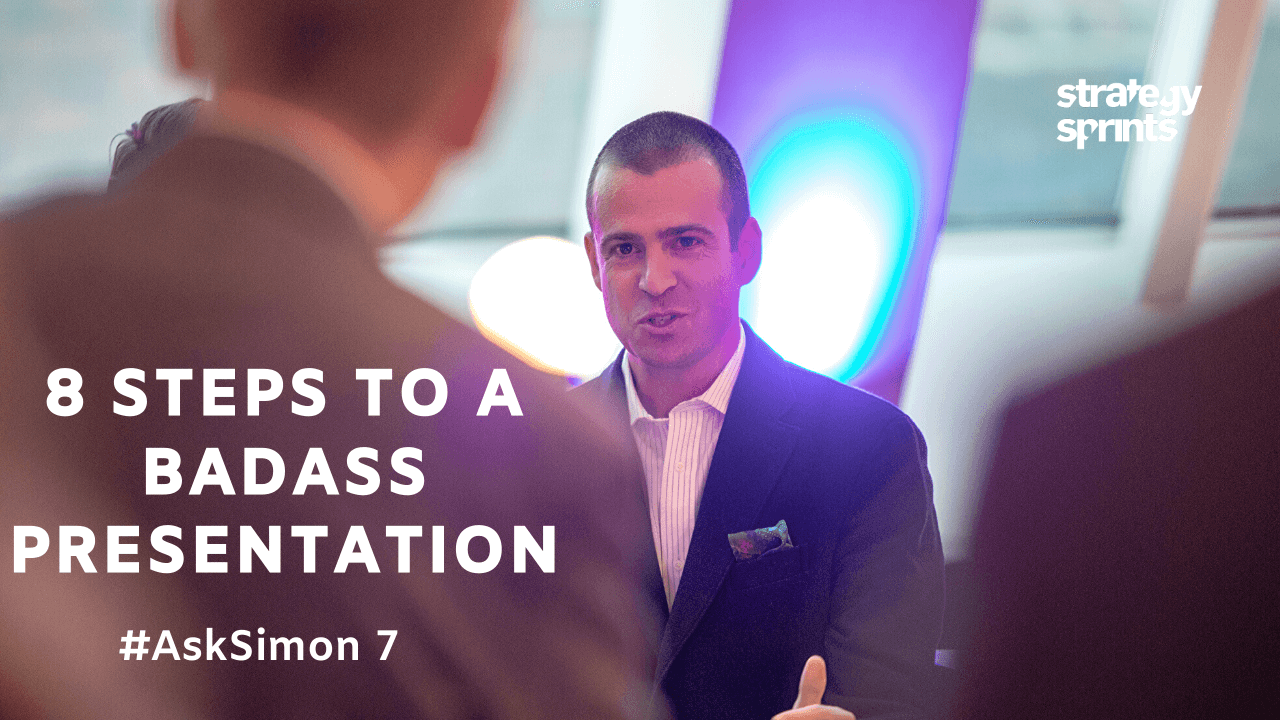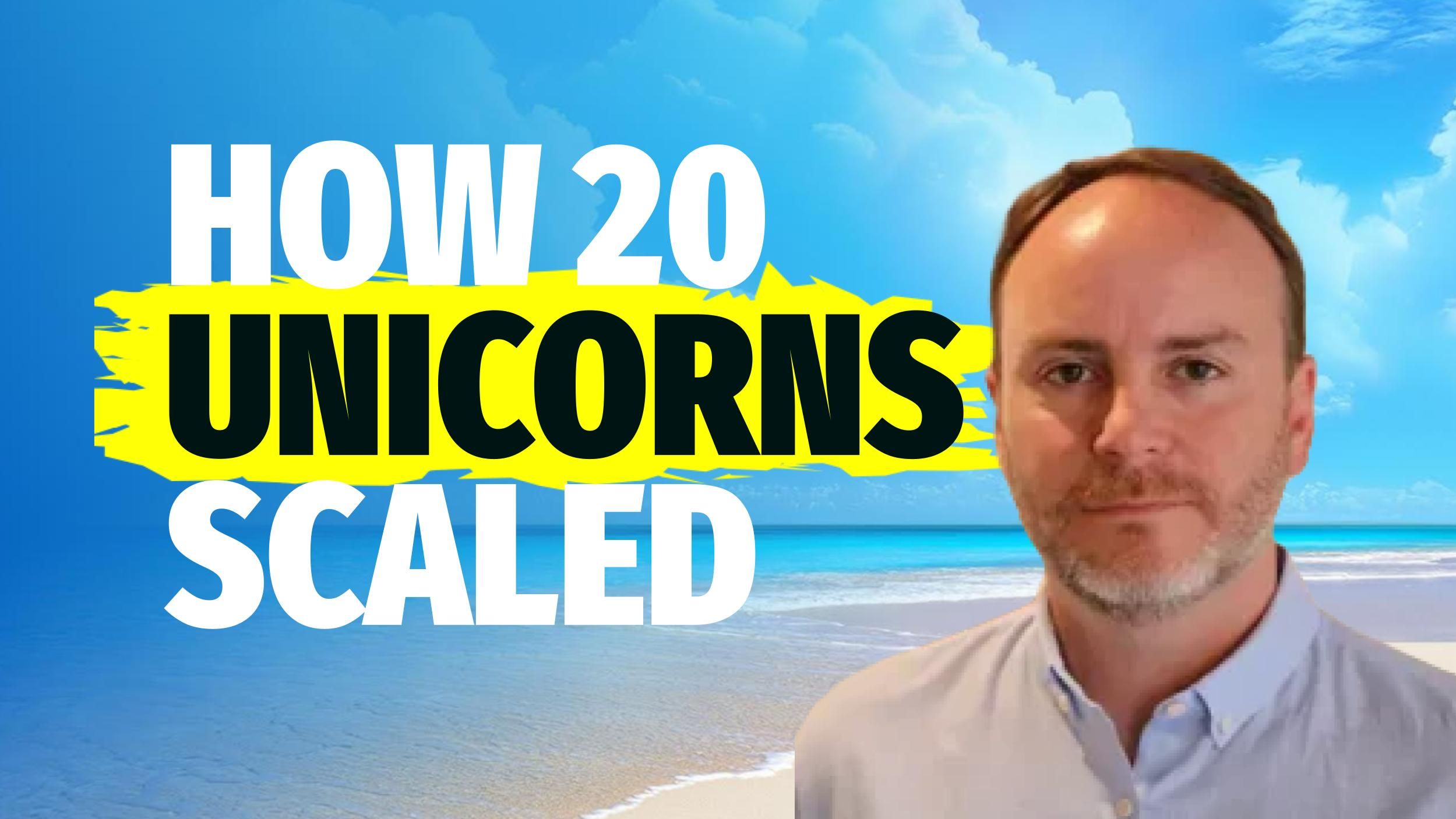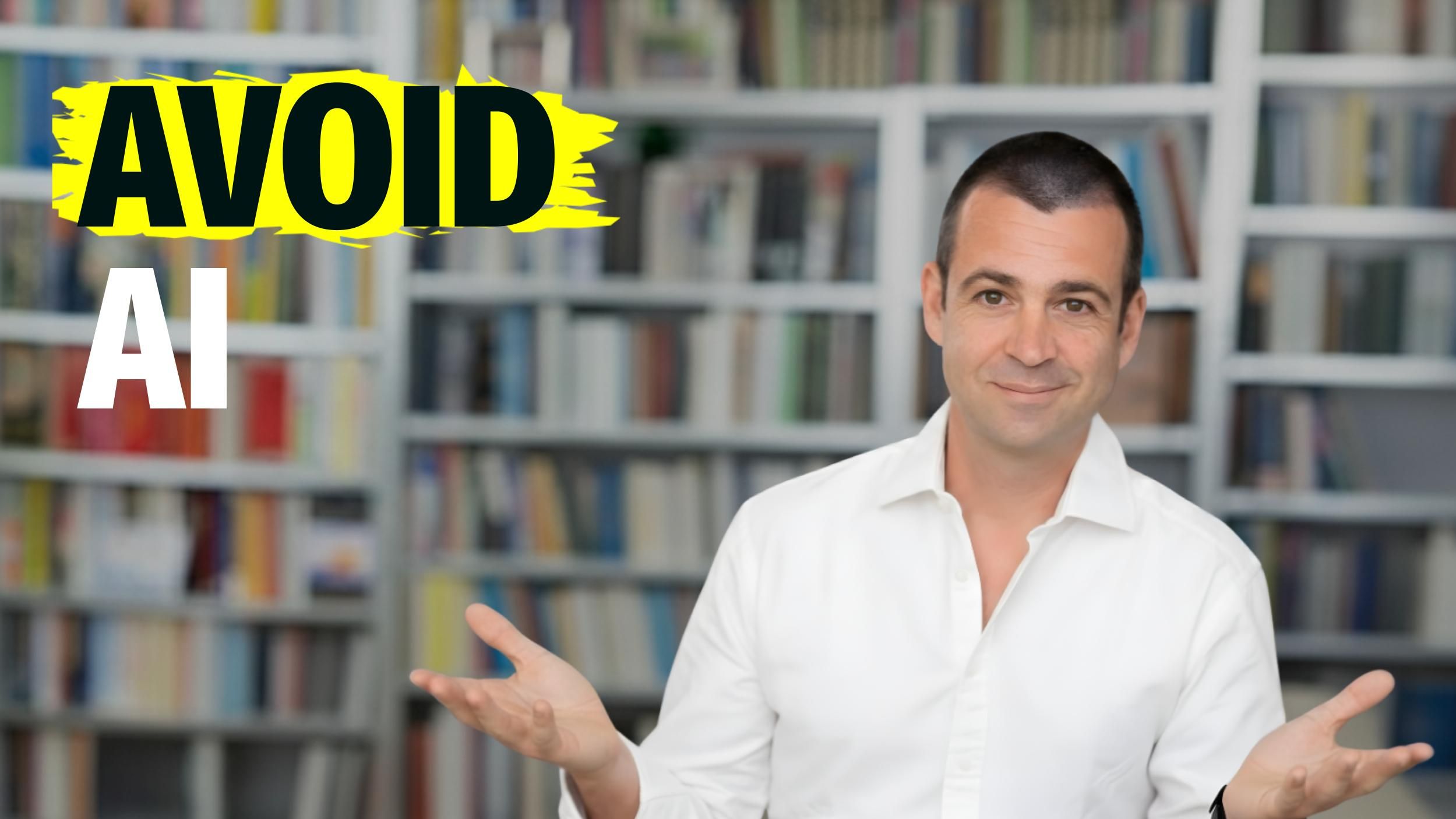
8 Steps to a Badass Presentation
START UNEXPECTED, FINISH UNFORGETTABLE
#AskSimon 7
“Hey Simon, I am Erin from San Diego. As a product manager, I am asked more and more to speak in front of a bunch of people. Not yet enjoying it, but getting better. Can you share a bit of your preparation process? Some tips and tricks?”
“Keynote principle: If it seems boring to you, your audience is asleep” Simon Severino (0:26)
In 17 years of advising entrepreneurs from New York to Beijing, I’ve been on hundreds of panels and listened to thousands of keynote speeches. Most of them were pretty boring. A waste of time for the speaker and the audience. Some of them were catapults for the audience and helped them grow wings. So I started to study how the good ones prepare. Here the 8 steps that we currently use at Strategy Sprints GmbH when preparing a keynote or a presentation. It is our current state of error, and I would love to hear what works for you! (1:04)
THE EIGHT STEPS (0:40)
1 Marinate
2 State
3 Path
4 Booster
5 Start
6 Composition
7 Pre-Stage
8 Stage
STEP ONE: MARINATE (1:49)
Your brain works all the time, especially when you don’t use it actively. You can leverage the Zeigarnik Effect to let the keynote material find you.
“Let the keynote material find you, by installing filters early” Simon Severino
Set the filter early. The very moment you accept a talk, even if it is months or years from now, take a small but relevant action: Decide on the general direction of your talk and write down a working title.
The Zeigarnik Effect: Bluma Zeigarnik observed that waiters would remember open orders far better than paid ones. Kurt Levin continued the research and showed in his Field Theory that a task which has been started carries a task-specific tension which works also when do interrupt to do something else. (2:58)
The Zeigarnik effect shows that students who suspend their studies to perform unrelated activities like playing football, will remember material better than students who complete study sessions without a break (McKinney 1935; Zeigarnik 1927).
Let it marinate. Like cooking, let it be. You are now doing something else, but your brain will work non-stop on filtering all information from your surroundings and accumulate it for you. Every article, lunch chat, and book will be looked at through this filter and enrich your first draft. (3:58)
Before this method: I would delay working on the keynote until one week before, and then get stressed.
Now: I enjoy starting it early and letting the material find me over months, sometimes years, and every time a piece of information finds me I add it to my draft, which I carry around in my bag.
I think visually. I am wired to make complex things simple through design. When I’m on stage you are basically experiencing a visual map of ideas and emotions I want to share with you. My current preparation for a keynote on Market Strategy is this:
STEP TWO: STATE (4:30)
Start with the endpoint.
One of the masters I study is Stephen Colbert. For every show episodes he creates, he decides upfront which main emotional state he wants to share with the audience.
Another master is Pharell Williams. He said in an interview that whenever he has a great idea for a song, it usually goes wrong. When writing “Happy” he just asked himself one question: “What does a guy look like, who is so happy that nothing in the world can bring him down?”. And the rest followed automatically. (5:09)
Give the audience a clear sense of where you want to take them upfront. You’re not giving away the destination but sharing a guide to the journey. Talks never quite click when you are not clear on the final destination which is the place you want your audience to get to.
I’ve found it is less about the “big insight”, a really overrated concept, but rather the state you want participants to walk away in. (5:54)
“How do I want them to feel?” (6:17) should be equally balanced with “What do I want them to learn?” (6:19)
There are different types of endpoints. For example, ask yourself do you want to give the audience: (6:22)
1. A different lens on something so they can see the world a little differently?
2. A challenge around an assumption that may be getting in the way at work or at home?
3. A useful tool or framework they can apply to all kinds of situations?
4. Inspiration to take some kind of action?
STEP THREE: PATH (7:00)
One tool is to think of delivering a visual journey with ups and downs, slow bits and fast bits, complex twists, and simple landing points. It’s a useful approach for mapping out presentations because you can literally use different colored post-it notes for key ingredients: landing points, stories, stats, bridges, energy points (or whatever mix you use.)
When watching other presenters, take note of when you are tuning out. If it’s frequently, it’s because the speech is meandering all over the place or has been on the same flat road for too long. Speeches need different speeds, modulation, light, and shade. You need to feel like you’re continually progressing along a journey with the presenter.
STEP FOUR: BOOSTERS (8:09)
In the speech map above, the bright yellow post-its are what I call ‘energizer moments.’ They vary from a video to a question or an interactive exercise with the audience. The benefit of mapping the process visually is you can see when you’re going to be on stage for a stretch with no shift in energy. This tends to be draining for the presenter and monotone for the audience.
What are your energizers?
Put simply, energizers provide an opportunity to connect and change the energy for the audience.
Most speakers need a clear framework that acts like a roadmap or a personal score. Master orators sometimes look like they are just rifting but there is usually a hidden frame they are shaping their words around. Other speakers make their roadmap clear at the start, telling audiences “I’m going to cover three points. Here’s where we’re going to start.”
Here three common framing mistakes to avoid: (9:20)
1. Making the frame too complex: You know the powerpoint slide with something in the middle and then eight boxes hanging off it? That’s it! Urgh.
2. Frame overtakes the experience: Speeches can have too much structure or feel too formulaic. For example, a 5 or 10 point speech (when really the presenter only has 2 great points). It feels like you’re running through a list.
3. No frame: The feeling here for the audience is being lost. I sat in a talk earlier this year and the presenter had stunning slides and such fascinating things to share. She meandered for the entire 60 minutes. The problem was that there was no map, zero structure.
“Start unexpected, finish unforgettable” Simon Severino (1:00)
STEP FIVE: START (10:29)
It sounds counterintuitive but I’d recommend deciding on your opening story last.
What is a story that captures the essence of what you are really going to be talking about?
Openers need to help the audience (and you the presenter) settle into the journey. Personally, they literally ground me onto the stage, transforming nerves into energy. (The author and internet theorist Clay Shirky is a master at opening stories.) (10:50)
I will typically tell a personal story, one about my children, a mistake I’ve made or something unexpected. The stories are about me but I’m not selling my credentials (it’s off-putting to start with a list of achievements.)
Try to signal to the audience with a relatable story:
‘I’m okay being vulnerable up here’ and ‘I‘m excited to share something with you I’ve discovered and this is why it could be relevant to you.’
STEP SIX: COMPOSITION (11:35)
Put in the hours needed to reduce and simplify. It takes more work to create a simple slide, but it is worth it, because it will be a proper conduit for the audience into another world. The master of this is Seth Godin.
When developing graphics, it’s helpful to keep removing content from the slide. How can you make the image and text as simple as possible?
How far out you should prepare for a speech obviously depends on the talk and the occasion. But you cannot be over-prepared for a talk. Over-rehearsed, for sure. Thorough preparation takes the guesswork out of the talk, which means you can relax on stage, enjoy the experience, and let genuine unplanned moments happen. And that is the masterclass. (12:20)
STEP SEVEN: PRE-STAGE (14:27)
Before you hit the stage, ask yourself one final question. It’s a tip from Brene Brown:
“How will this talk benefit the people in the room?” (14:37) It puts you in a state of giving, not presenting. (15:14)
STEP EIGHT: STAGE (15:33)
I love to follow Jerry Seinfeld on what matters most: Be loud, Be clear, Be relaxed. (15:44)
What helps you when you are on stage? Let me know!
Keep Rolling
Simon Severino, CEO Strategy Sprints GmbH
P.S. Are you subscribed to our YouTube Channel yet? Click here and don’t forget to hit the bell so that you’re notified when we post a new video!
Get our expert sales tips delivered
By submitting you agree to receive our weekly Strategy Sprints Newsletter as well as other promotional emails from Strategy Sprints. You may withdraw your consent at any time via the “Unsubscribe” link in any email or view our privacy policy at ant time.










